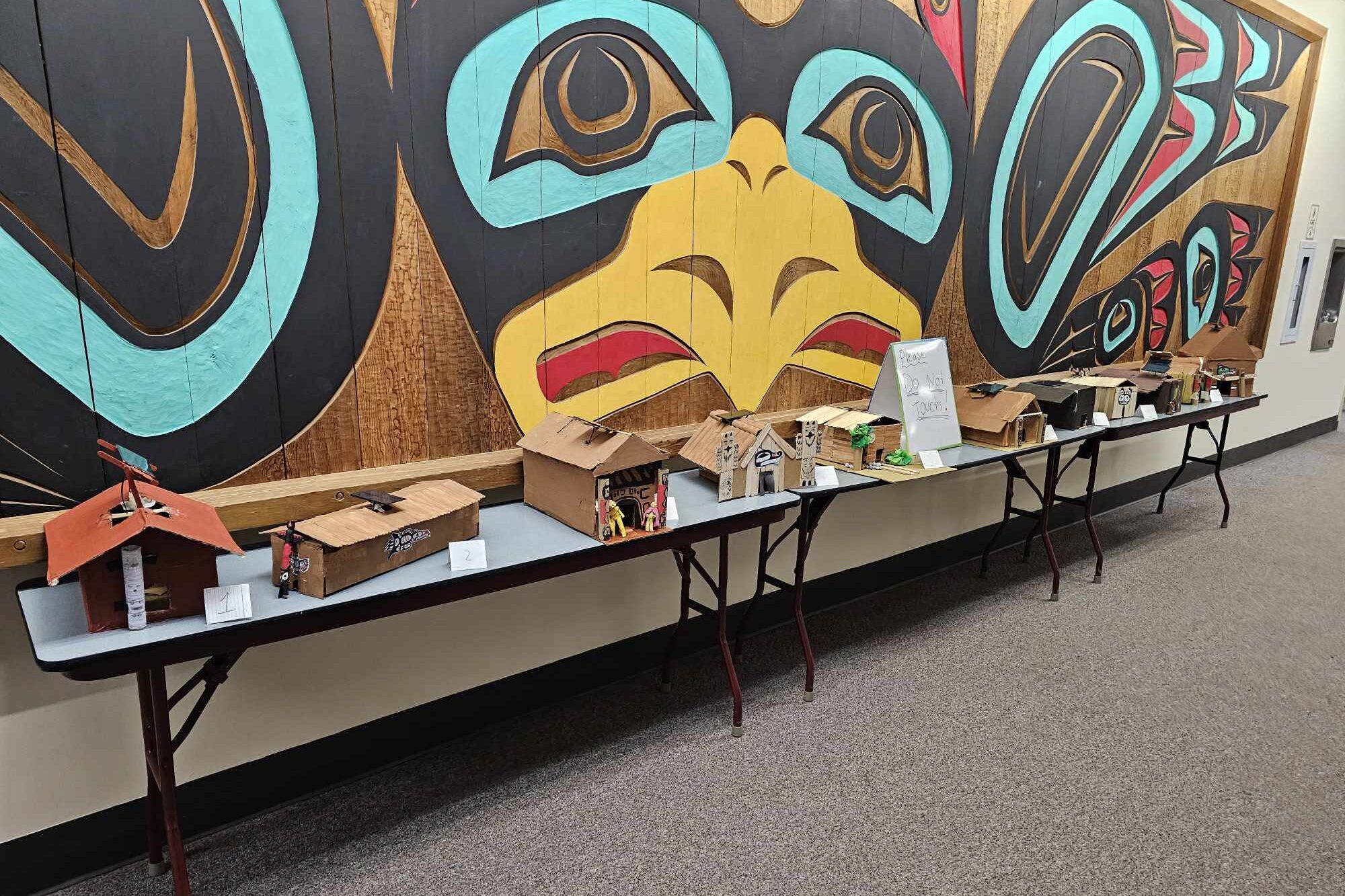Yaakwdáat.
13 feet of rain annually.
Diesel – $4.49 plus tax and service fees.
Electricity – $0.55/kWh.
Yaakwdáat.
13 feet of rain annually.
Diesel – $4.49 plus tax and service fees.
Electricity – $0.55/kWh.
Consider Raven. Southeast Alaska’s first known energy hero who, through his own unique brand of trickery, wrested enormous power from the monopoly of one old man on the Naas River, and delivered light to everyone forever. For free.
If you know the story of Raven and the Box of Daylight, you know it wasn’t easy for Raven. The powerful old man hid all the light in the Universe in boxes for his own personal benefit. He was not the least bit inclined to share this abundance with those in the dark outside his doorless and windowless house.
Raven was vexed and had to carefully study the situation at hand, make a plan, and persevere. Energy work isn’t for the faint of heart.


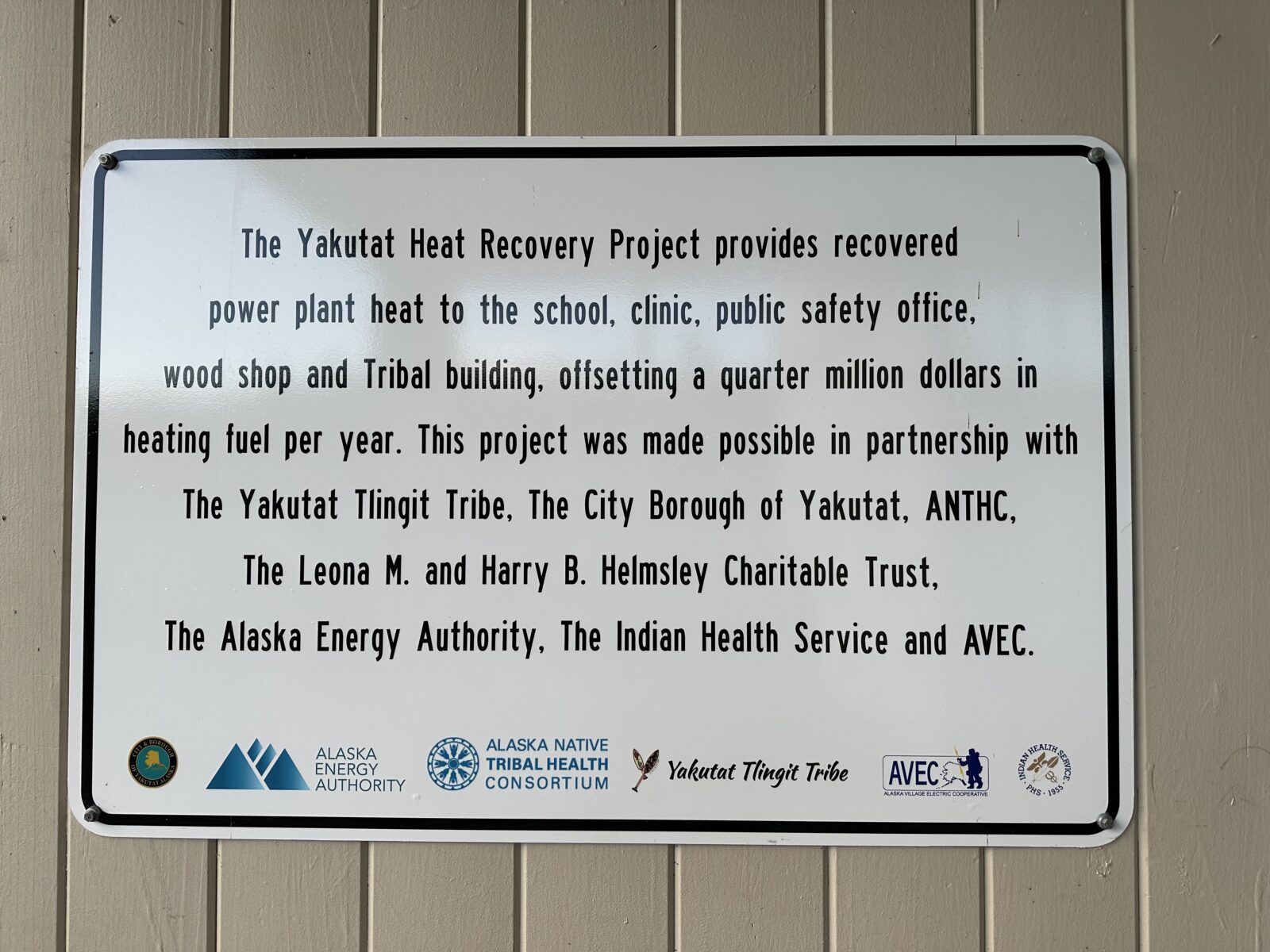

Consider Katya Karenkevich. Katya dives deeply into her work as a project manager for the Alaska Native Tribal Health Consortium (ANTHC). ANTHC is charged with responsibility for supporting and developing infrastructure critical for the health and safety of villages. One of the most critical infrastructure needs for any community is affordable, reliable energy for heat, power and transportation.
As such, Katya was called upon to help solve issues with critical heating systems showing signs of imminent and potential cascading failure for several vital buildings in Yakutat.
Yaakwdáat – The place where canoes rest. Yakutat. A Tlingit village of 600 souls perched on the thin edge of the last ice age and the raging North Pacific Ocean. Where power is held captive to the monopoly of expensive imported diesel, draining wealth collectively from the community and stifling economic opportunity.
Though they receive 13 feet of rain annually, it’s not useful for hydropower due to the lack of local elevation. Yakutat crouches at the seaward edge of an immense, flat glacial outwash plain, far too many miles from the nearest mountains to capture and store the kind of fish-friendly hydro energy enjoyed by most other Southeast communities.
Turbulent onshore and offshore winds are not favorable to develop wind projects there. Regarding Yakutat’s famed wave and tidal resources Katya’s view is they “have a long way to go to prove that they work in remote Alaska. Operation would have to be extremely robust for our environment. I am hopeful that such projects can go to ‘full term’ in the next few years.”
As a result of their limited options, Yakutat long ago turned to burning diesel 24/7 to churn out power at $0.55 kWh – an economically crippling rate for schools, businesses and residences.
Incidentally, because inefficient diesel generators produce a lot of waste heat, it is put to good use by heating nearby schools and public buildings. This is accomplished by circulating engine-heated water from the power plant through a pipeline to each building. Unfortunately, the pipe was leaking somewhere and something needed to be done before winter.
Thanks to ANTHC’s timely intervention, the heating system was repaired and upgraded before catastrophic failure and freeze up of multiple essential buildings could occur. Now, Yakutat schools and offices are warmer and more comfortable and saving about $250,000 in heating costs for those 5 public buildings.
However, celebrating free waste heat from diesel generators is still a bitter pill for a community paying $0.55 kWh for the electricity generated by the giant engines. Nobody there loves their diesel-powered electricity. Besides the expense, it’s a cranky old system prone to outages and surges.
That’s not a criticism of the local utility. It takes a lot to maintain a small isolated microgrid in harsh, remote locations. That’s why Katya is also working with Yakutat community leaders and the local utility to imagine a brighter energy future beyond diesel. Specifically solar energy paired with battery storage.
Katya says “Alaska has great solar irradiance in the spring and early summer, when rainfall in Southeast can be less than usual. This can also coincide with fish processing, which is a large electrical load in many Southeast communities. With a battery, it is realistic to provide 30% of the annual load with solar.”
Southeast solar skeptics were justified. Rain was invented in Southeast – measured in feet for convenience. In most areas the terrain is steep and precipitous, carved over the ice ages into deep, shaded fjords. And at higher latitudes it’s dark much of the winter. Shady Southeast seems an unlikely place to economically harvest electromagnetism from the sky.
But economic compared to what? We already know how expensive imported diesel is. Hydro is high-risk, very expensive and complicated to develop, usually requiring decades to plan, fund and develop – compared to solar, which is low-risk, easy to scale, far less expensive per watt to install, and importantly, much easier to develop in a shorter time frame.
So why continue to burn expensive imported diesel for electricity when the Sun reaches most places in Southeast more affordably than an oil tanker can?
In large part because of the severely limited regional or local trained solar workforce.
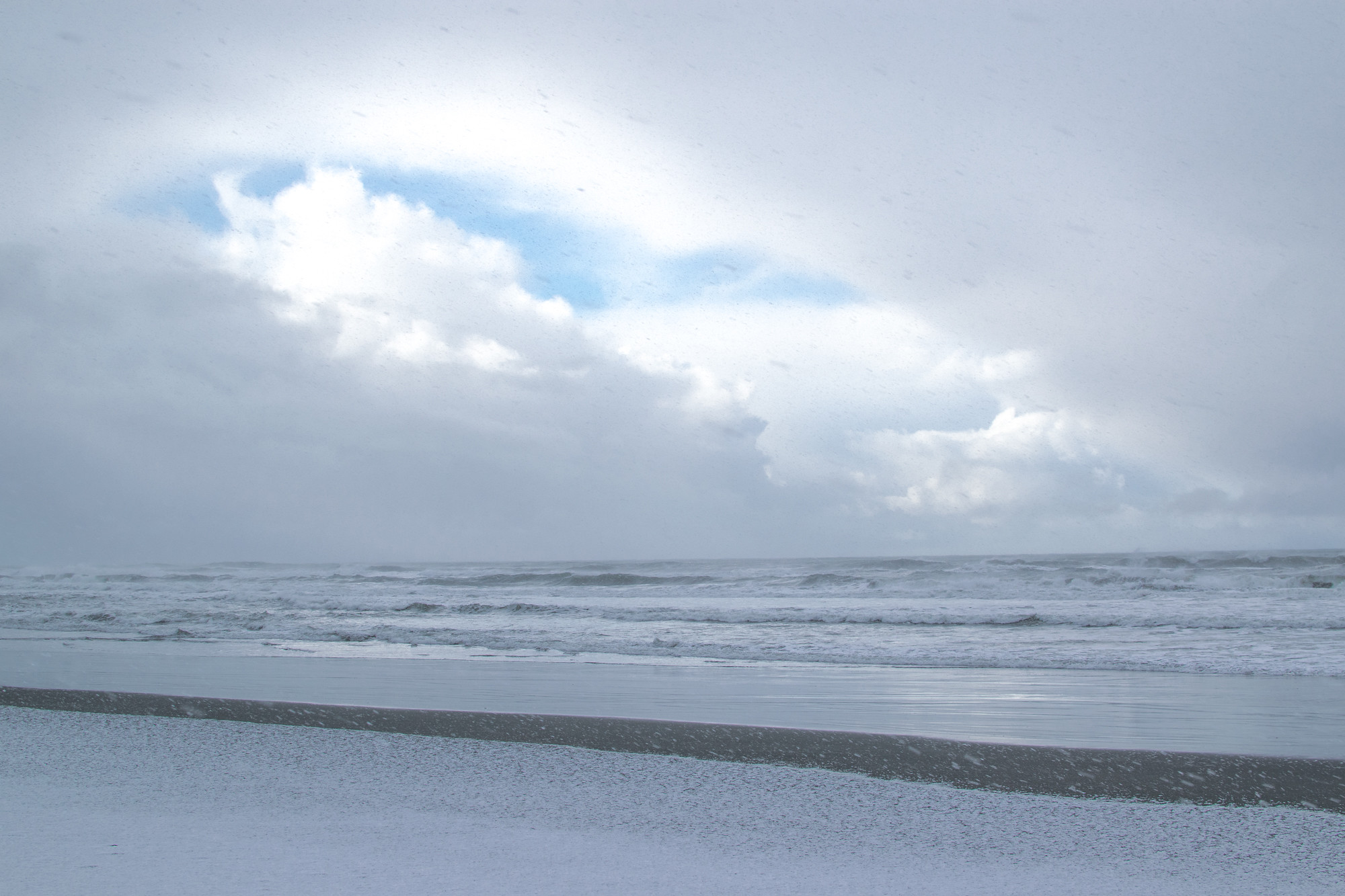
Consider Lorraine DeAsis, Director of Project Development for the Tlingit and Haida Regional Housing Authority (THRHA). While Lorraine is “always looking to new products and new trainings” to improve their housing inventory and crews skills, she is fiercely practical and bottom line oriented when it comes to affordability, safety and health for the hundreds of homes their clients live in across the region.
For example, after proving the efficiency, safety, air quality improvements, and cost savings of air source heat pumps years ago, Lorraine initiated installations and retrofits of heat pumps across their housing inventory. By training THRHA crew to install them, she was able to install dozens of heat pumps in the region while others stood in line waiting for the labor market to catch up.
Lorraine has a similar approach to adopting solar energy in Southeast. She’s seen the numbers and understands the bottom line. But she’s not waiting for the solar labor market to catch up. She went looking for trainers to help prepare THRHA crews to lead the Southeast Solar Revolution.
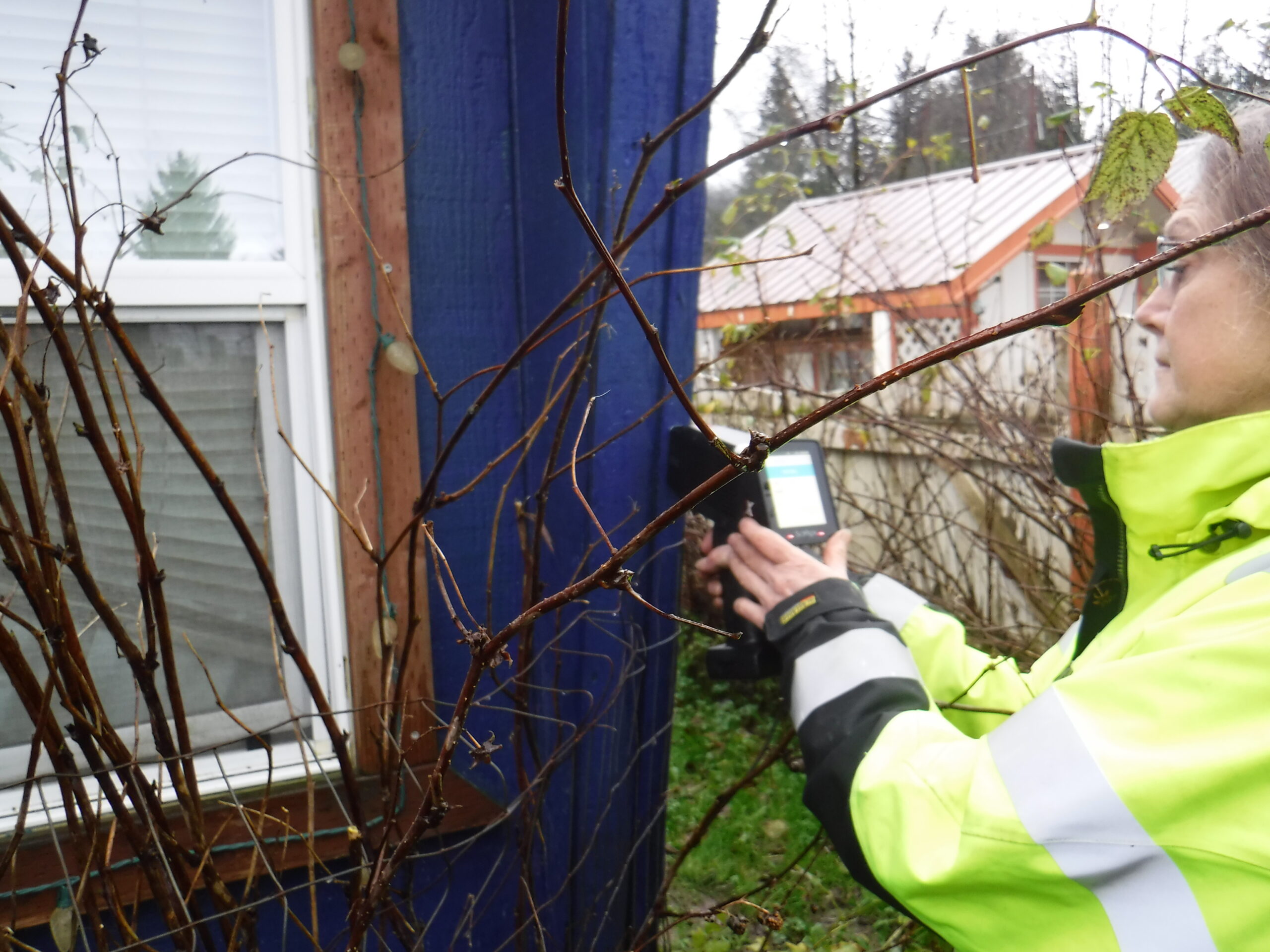
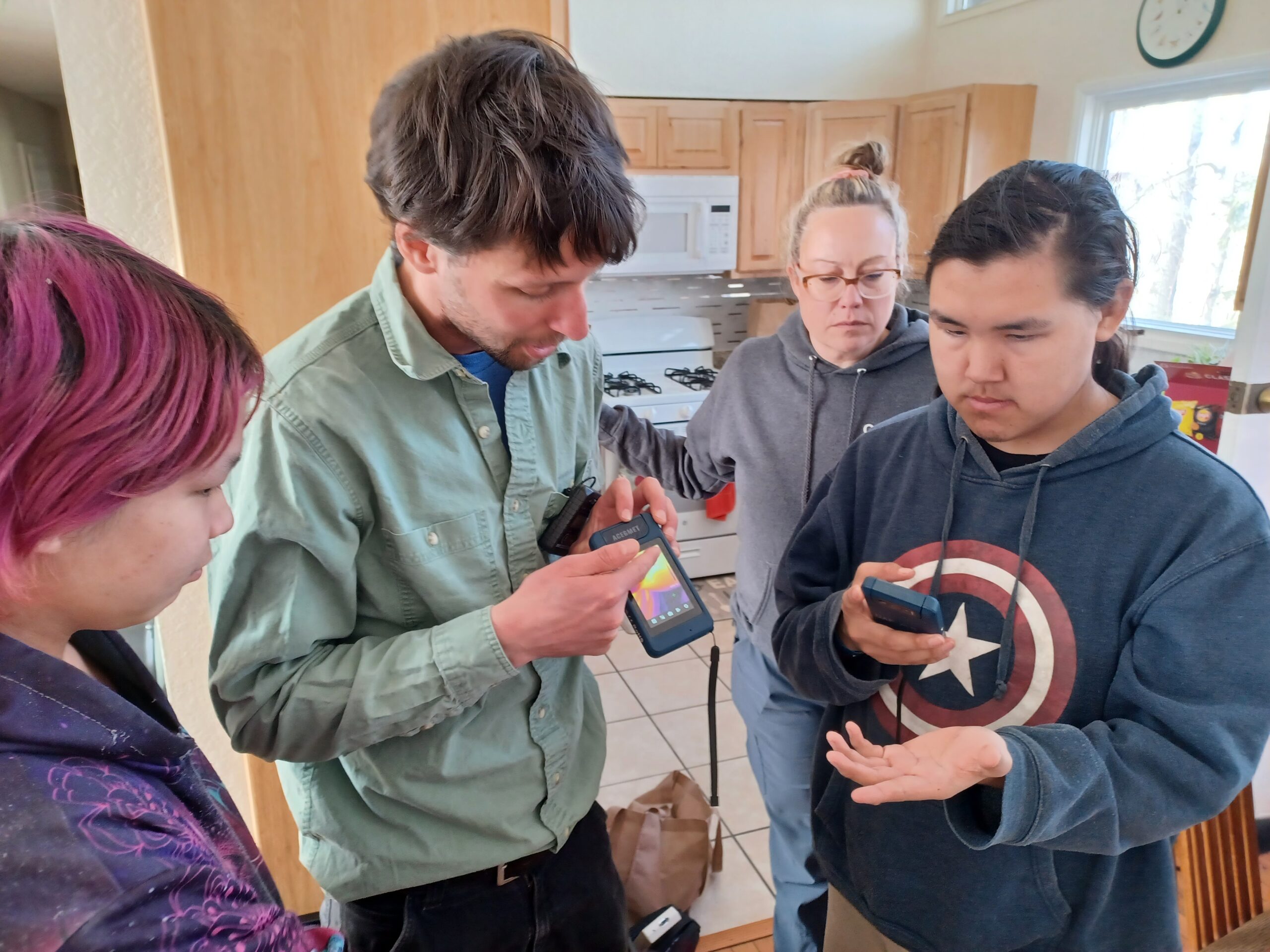
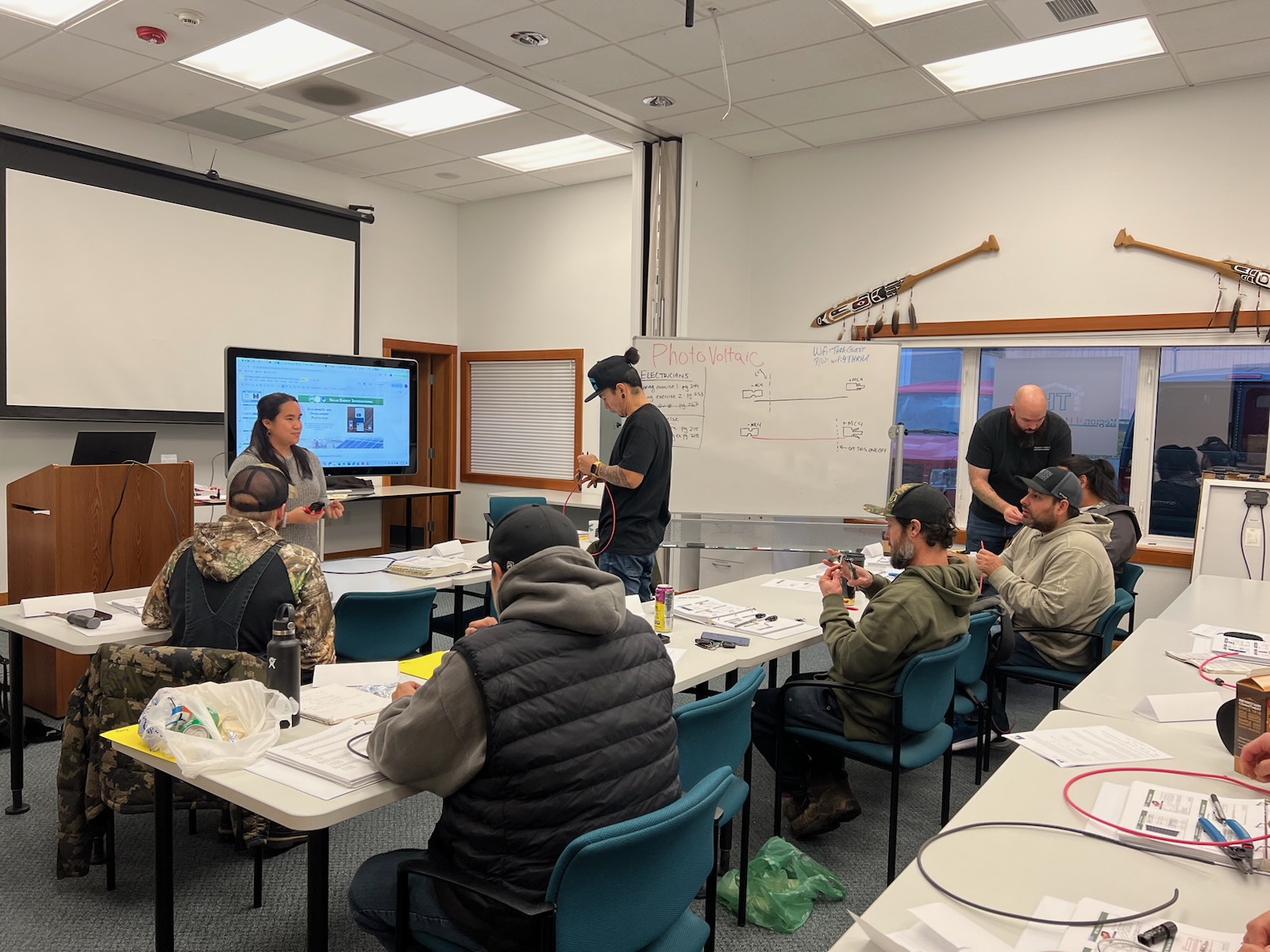
Consider Chandler Kemp, Assistant Professor of Sustainable Energy for the University of Alaska Bristol Bay Campus. With clear-eyed optimism, Chandler imagines the efficacy of developing utility-scale solar power in Southeast Alaska, especially “in communities that rely on diesel fuel for electricity, solar can be a cost-effective addition to electric grids that can be conceived and developed in just two or three years.”
Because Chandler’s a go-to guy when it comes to helping develop a solar workforce in Alaska, it wasn’t long before Lorraine’s quest led her to Chandler, who in turn knew excellent trainers to recommend.
Consider Amanda and Kolt Garvey of SunStone Electric. With trainers and trainees lined up, all that remained was to invite others to help bring Amanda and Kolt to Juneau to train 12 lucky adults in November.
Seeking partners with aligned interests, Chandler contacted REAP’s Utility Training Program Coordinator, Jacob Powell, who in turn contacted REAP’s Regional Energy Catalyst for the Sustainable Southeast Partnership (SSP), Clay Good, for support. A few emails and grant applications later, everything was in place.
By leveraging the resources of all the interested partners, Lorraine was able to pull off something of a coup – a successful solar training in the land of near-perpetual precipitation, thus adding a dozen new solar installers to the region. That’s a good start.
Wooch. een., Tlingit for working together, is required to meet the unique challenges of life in remote Alaska. The inherent value of working together is why regional enterprise networks like the SSP are vital. Somebody in the network always knows somebody else who is exactly the person needed for information or for a specific need.
Recognizing the growing importance of energy education to society, as well as to meet the growing demand for the energy workforce, Katya reached out to REAP to develop and provide meaningful energy lessons for Yakutat students – lessons reflecting Yakutat’s unique culture and opportunities.
Consider Sarah Israelson. Middle school students in her class explored the thermal capacity of different materials and built model traditional Tlingit Longhouses – complete with solar panels and LED lights.
Students displayed their creations at the dance performance that Friday, and the community voted on their favorites. At the end of the night, each proud student felt like a winner as they took home their creation – their own solar Box of Light – to remind them of the free energy that is all around us.
And to remind the rest of us that the next generation of energy heroes are also all around us. In training centers, universities, and public schools. In the lab, on the job, and in the field. Like Raven, they carefully study the situation at hand, plan, and persevere. Energy work isn’t for the faint of heart.
